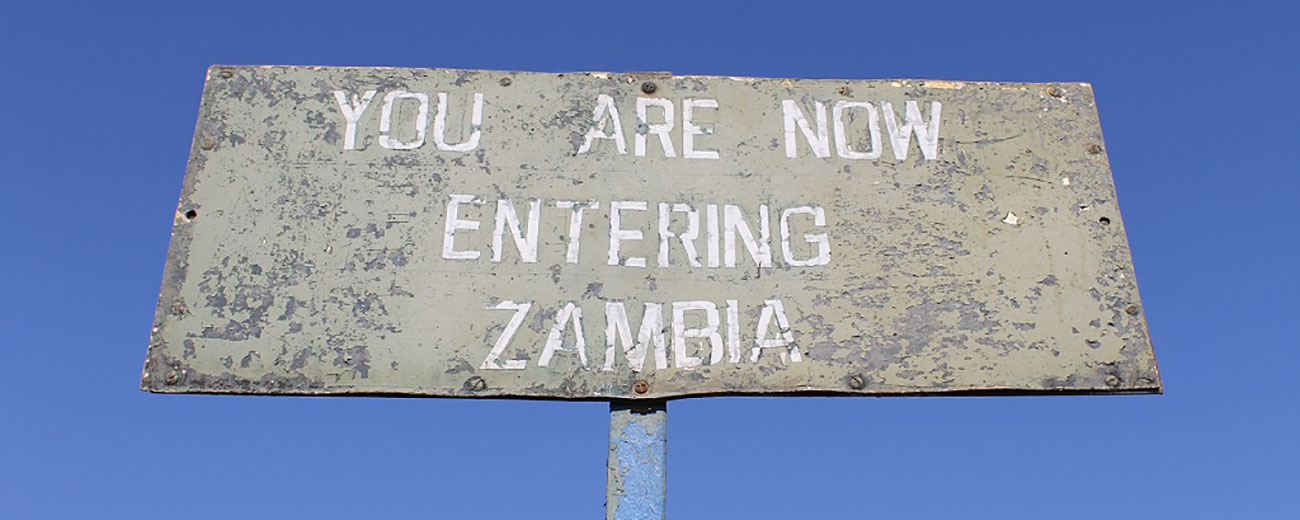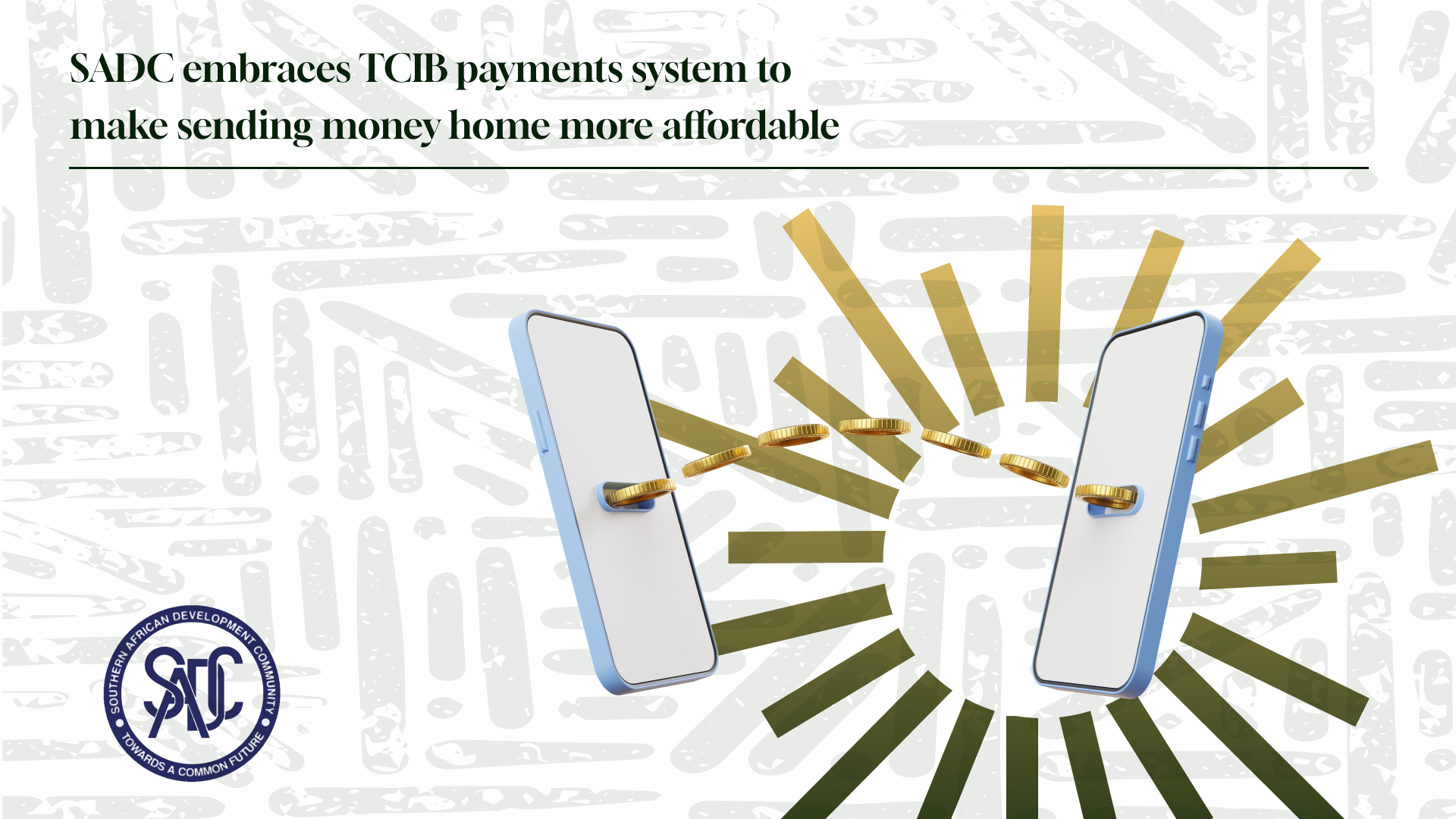Over the last few years Zambia’s mobile money ecosystem has grown exponentially with a notable spike during the COVID-19 pandemic. With approximately 57% (11.24mn) of Zambia’s total population using mobile money services (2022), adoption is significantly ahead of regional counterparts such as Zimbabwe (25.8%), Malawi (35%) and Angola (2.9%). Let’s explore who the important players in this market are along with some of the factors that have spurred growth of mobile money in Zambia…

Players & services offered
MTN, Airtel and Zamtel are the dominant players in Zambia’s market offering the following services:
- Money Transfer: Users send/receive money domestically making it easier for individuals/businesses to transact outside of banking channels.
- Bill Payments: customers can pay utility bills, school fees, and other invoices through mobile money wallets.
- Airtime Purchase: buying airtime and internet data packages directly from their mobile money accounts.
- Financial Products: savings and loan products, promoting financial inclusion and encouraging a culture of saving among users.
- Merchant Payments: Mobile money services allow users to pay for goods and services at registered merchants, encouraging cashless transactions and supporting local businesses.
- Cash Withdrawal: Users can withdraw cash from their mobile money accounts through a network of agents strategically placed across the country.
- International Remittances: allowing users to send/receive money from relatives and friends abroad.
This range of services has led to mobile money having the bulk of transaction volumes in Zambia’s payments industry:

Zambia’s Interbank Payments and Settlement System (ZIPSS) has however been the dominant party when it comes to transaction values:

This is just reflective of the nature of mobile money transactions. Zambians are using mobile money for low-value transactions like airtime purchases and then relying on the banking system for bulk payments like salaries:

It’s no surprise that airtime purchasing is the dominant transaction type. Mobile networks have always made it easy to buy airtime as that is more significant to their bottomline compared to other transaction types. Zamtel was one of the innovators in this regard even allowing mobile money users to purchase airtime on WhatsApp via a chatbot.
Beyond transaction types it is pretty difficult to give a verdict on mobile money market share since service providers report subscribers differently from the Bank of Zambia. Providers tend to focus on all registered subscribers whilst the central bank focuses on active subscribers (transacted in the last 90 days before a report is published). This ultimately results in providers numbers being significantly higher than central bank numbers.
Growth


Over the last five years, mobile money usage in Zambia has been growing and this can be explained by many factors.
Incentives introduced during the COVID-19 phase
In 2018 the Bank of Zambia ensured mobile money services would integrate with banks and microfinance institutions (MFIs). This meant mobile money users could now move money across the entire financial system and also access loan products further incentivising use.
“The collaborations with banks allowed mobile money customers the ability to make transfers between mobile money wallets and bank accounts, thus making mobile wallets more appealing to commercial bank customers.”
Bank of Zambia – Annual Report 2018
During the COVID-19 pandemic the government incentivised use of mobile money with educational materials advocating for digital payments. Digital channels were propped as being safer than cash. As part of these incentives the government also waived all fees on charges for P2P transactions lower than K150 (just under $10 using official exchange rates from 2020). Transaction limits were also revised upwards during this period.
The aforementioned integration of mobile payments with banking system was also completed in 2020 and by this point mobile money users could complete the following transactions:
- E-wallet to e-wallet;
- E-wallet to bank;
- Bank to e-wallet;
- Bank to bank; and
- Cash-in and cash-out transactions from Agents and ATMs
Other measures
In 2021, mobile money players started introducing new remittance corridors. This saw cross-border mobile money transaction volumes essentially double from 1.23 million transactions in 2020 to 2.11 million the following year.
Beyond remittances mobile money use cases have been more appealing with mobile money providers adding incentives through merchant partnerships. MTN Mobile Money claimed that partner merchants stood at 100,000 by 2022 up from 29,000 the year before. With more places accepting mobile money it’s no surprise usage is increasing.
Agent networks

Agent networks continue to be a critical part of mobile money narratives across the continent due to the fact that they enable mobile money to reach places that traditional banks can only dream of reaching in Sub-Saharan Africa.
Data from GSMA suggests that mobile money agents were digitising over US$500 million/per day in Africa (in 2020). Density of the agent network also reached a continental average of 228 active agents per 100,000 adults which was around 7x the reach of ATMs and 20x that of bank branches respectively.
Beyond moving the money, agent networks perform crucial tasks like on-boarding and customer education meaning there is usually a correlation between agent growth and mobile money subscribers. Given all this – Zambia’s mobile money agent network growing exponentially from just over 35,000 agents to 247,665 agents by the end of 2022.
Agent activity wasn’t all positive however. In 2022, agents started to become targets of criminal activity which all came to a head when a mobile money agent was abducted in April of that year.
Challenges
Whilst mobile money adoption has largely resulted in a positive narrative over all there are still shortcomings that will need addressing. Access is still a big issue with 3 major barriers:
- Some people do not have phones;
- others do not need it suggesting a lack of transacting power;
- some do not know how to get mobile money services suggesting a gap in consumer education
Access to mobile phones is by far the biggest issue. On the surface this doesn’t appear an issue as Zambia ended the year with over 15 million mobile subscribers – it’s important to remember that many people in the country actually have two SIMs. So whilst it would appear that mobile penetration is at 80% this number can’t be taken at face value. From Zambia’s FinScope survey which questioned 12,781 adults – a whopping 39.5% cited lack of access to a mobile phone as a barrier to using mobile money services.
Another big issue is financial literacy. In the aforementioned FinScope survey, financial literacy stood at 23.6%. From that 31.9% of financially literate adults were in urban areas with rural financial literacy plummeting to 16.2%. This combined with weak financial health (13.6% of participants deemed financially healthy) means mobile money services have to overcome the markets income and literacy issues. People with more optimistic outlooks will obviously view some of these as opportunities of growth.
A challenge on the horizon could be an impending government tax. The government announced taxing mobile money services from 2024 is under consideration. Considering that we’ve already noted that financial health is quite low any tax will have to be extremely negligible in order to ensure that it doesn’t become another discouraging factor.








